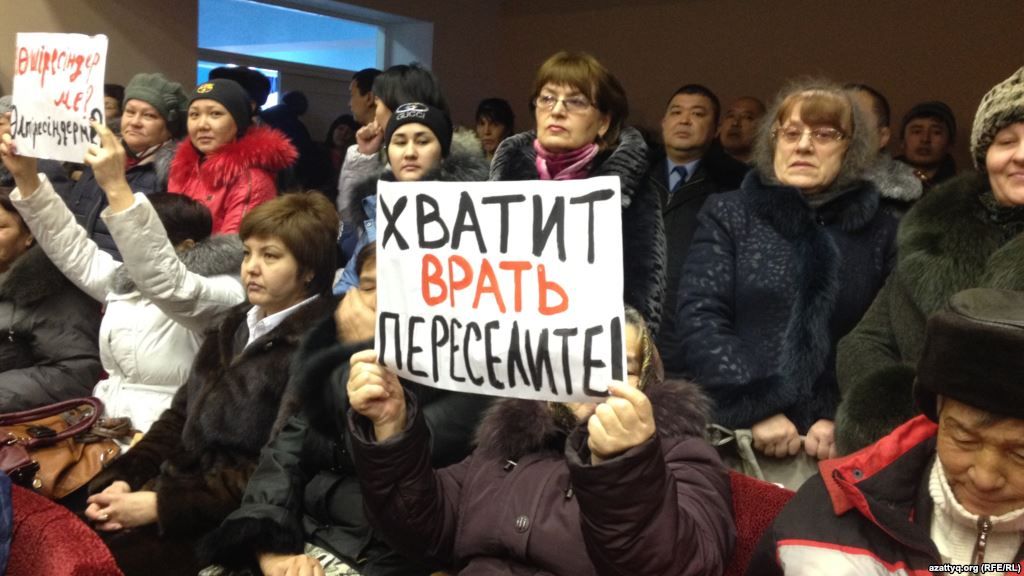 In November 2014, in a Kazakhstani village near one of the world's largest oil, gas and condensate fields, 25 schoolchildren and four adults suddenly grew ill and fell unconscious.
In November 2014, in a Kazakhstani village near one of the world's largest oil, gas and condensate fields, 25 schoolchildren and four adults suddenly grew ill and fell unconscious.
Residents of the village, Berezovka, had noticed flaring at the nearby Karachaganak field and had smelled gas the day before. They say they were poisoned and have demanded relocation. Though some local officials did speak publicly about the problem at the time, a watchdog says that Kazakhstan's government and its Western partners are ignoring the illnesses and falsely accusing residents – who have complained of poisonings since 2002 – of faking.
The field is operated by Karachaganak Petroleum Operating BV (KPO), a consortium including BG Group from Britain, Italy's ENI, Chevron from the USA, Russia's Lukoil and Kazakhstan's state-run KazMunayGaz. It is Kazakhstan's largest producing gas field.
Crude Accountability, a Virginia-based watchdog focusing on hydrocarbon extraction in the Caspian Sea basin, says KPO is trying to “hush up" the tragedy.
Independent monitors have found dangerous chemicals including hydrogen sulfide in Berezovka's air, Crude Accountability said this month. And since the initial poisonings last November, several other bouts of fainting and illness have hit the village: “Almost 50 percent of the villagers are chronically ill and 80 percent of the children suffer from respiratory diseases."
Crude Accountability has released a video to pressure KPO and the Kazakh government to address the concerns. It calls the government's and KPO's reaction “cold and cynical." The video includes footage of the local mayor accusing parents of not caring for their children, instead allowing them to eat junk food.
Residents do not trust local doctors to give them an honest assessment.
Source: eurasianet.org Photo: rferl.org (Beryozovka village people at the meeting, January 20, 2015)
 В Атырау -11
В Атырау -11